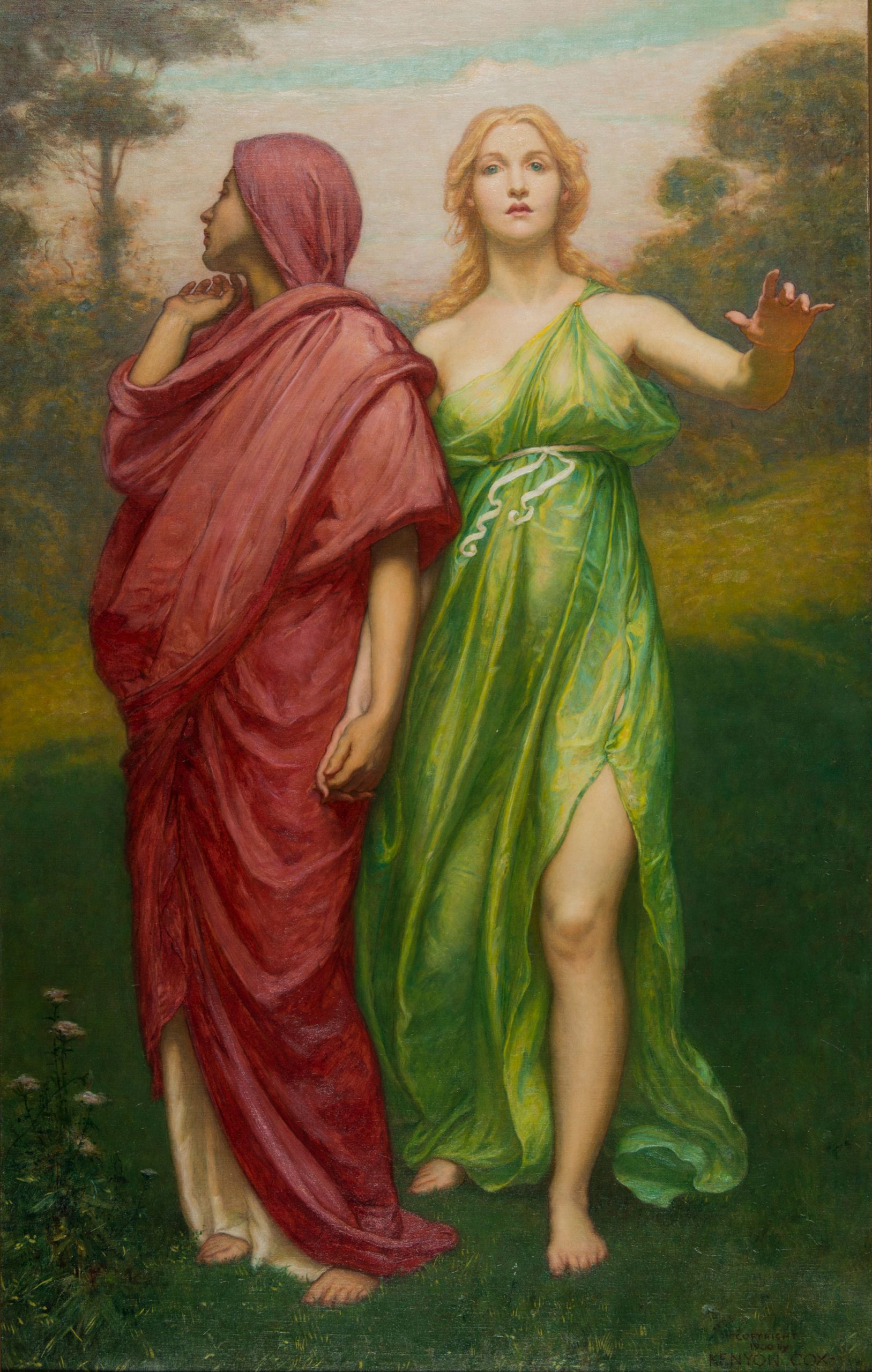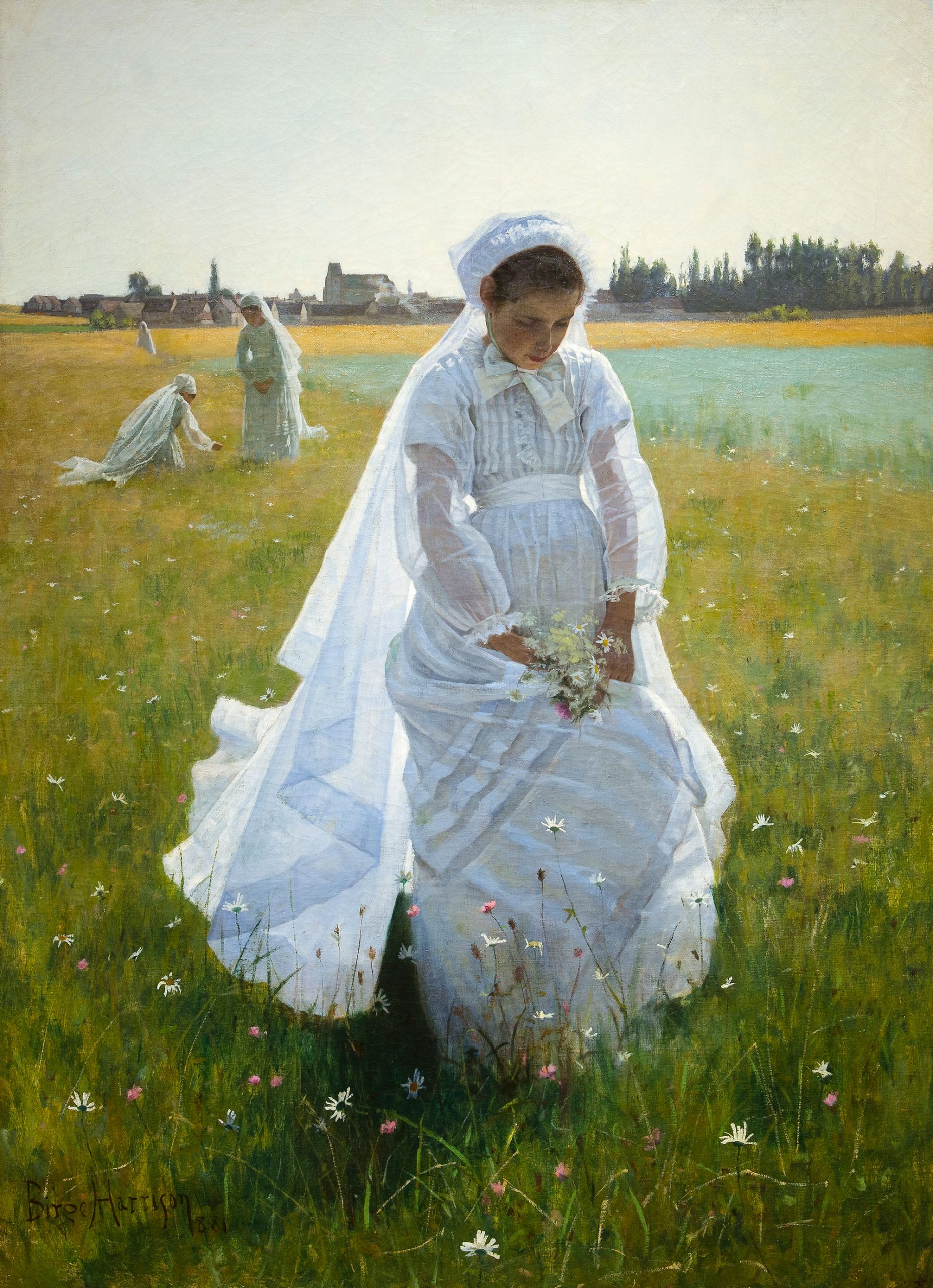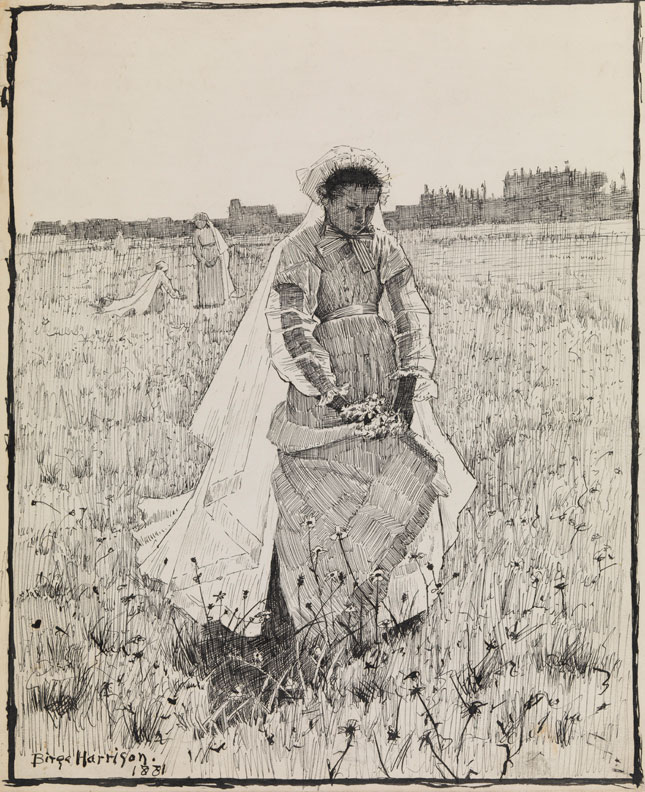If you could ask artists Birge Harrison and Kenyon Cox today, they likely would deny being impressionist painters. Nevertheless, we included their work in our exhibition to showcase the movement’s undeniable impact on their academic painting styles. Their training, revealed through a focus on fully-defined figures, allegory, large size, and central, balanced compositions, as well as tight brushstrokes and a wide range of colors, differentiate their paintings from most of the others on view here. Yet their selective impasto and attention to dynamism and light reveal impressionism’s influence. Many understood the genre to be a shift entirely away from academic painting, but its effect proved more complex than that. Regardless of the academy’s scorn, the style presented a new way of viewing and interpreting the world. In their selective adaptation of some defining characteristics of Impressionism, Harrison and Cox speak to the movement’s wide circulation.
Leslie Schuneman and Elizabeth Beasley
Kenyon Cox was vocal in his displeasure for impressionism, but he still made use of the movement’s technique. In Hope and Memory, which depicts allegorical figures in honor of his recently deceased father, the artist builds up paint and constructs colored shadows. But Cox also celebrated individual vision, stating that the artist chooses “from nature the truths that come home to the individual mind, so making you see, not nature, but the artist’s view of nature.” Akin to the divergent directions of the figures’ gazes, Cox looks backwards to academic styles and forward as he experiments with impressionism.
Elizabeth Beasley, Class of ’20
Kenyon Cox, (American, 1856–1919), Hope and Memory, 1900, oil on canvas, Jule Collins Smith Museum of Fine Art, Auburn University; museum purchase with funds provided by Dr. Gerald S. Leischuck in loving memory of Emily Reaves Leischuck.
In Birge Harrison’s large-scale depiction of young women picking flowers, impressionist technique seeps through in his rendering of nearly abstract flowers from mere brushstrokes and delicate lace from dabs of a quick brush. The artist emphasized the effect of light illuminating and cascading through the main figure’s veil as though responding to a gentle breeze. The sketch illustrated here suggests Harrison’s academic process but also his experiments with light and translucence, especially in the veil and sleeves of the central figure’s dress. Although he retains a smooth surface and solid human figure, Harrison pushed for fellow artists to stay true to their own perceptions of nature as well as working to convey atmosphere and time of day.
Leslie Schuneman, Class of ‘20






